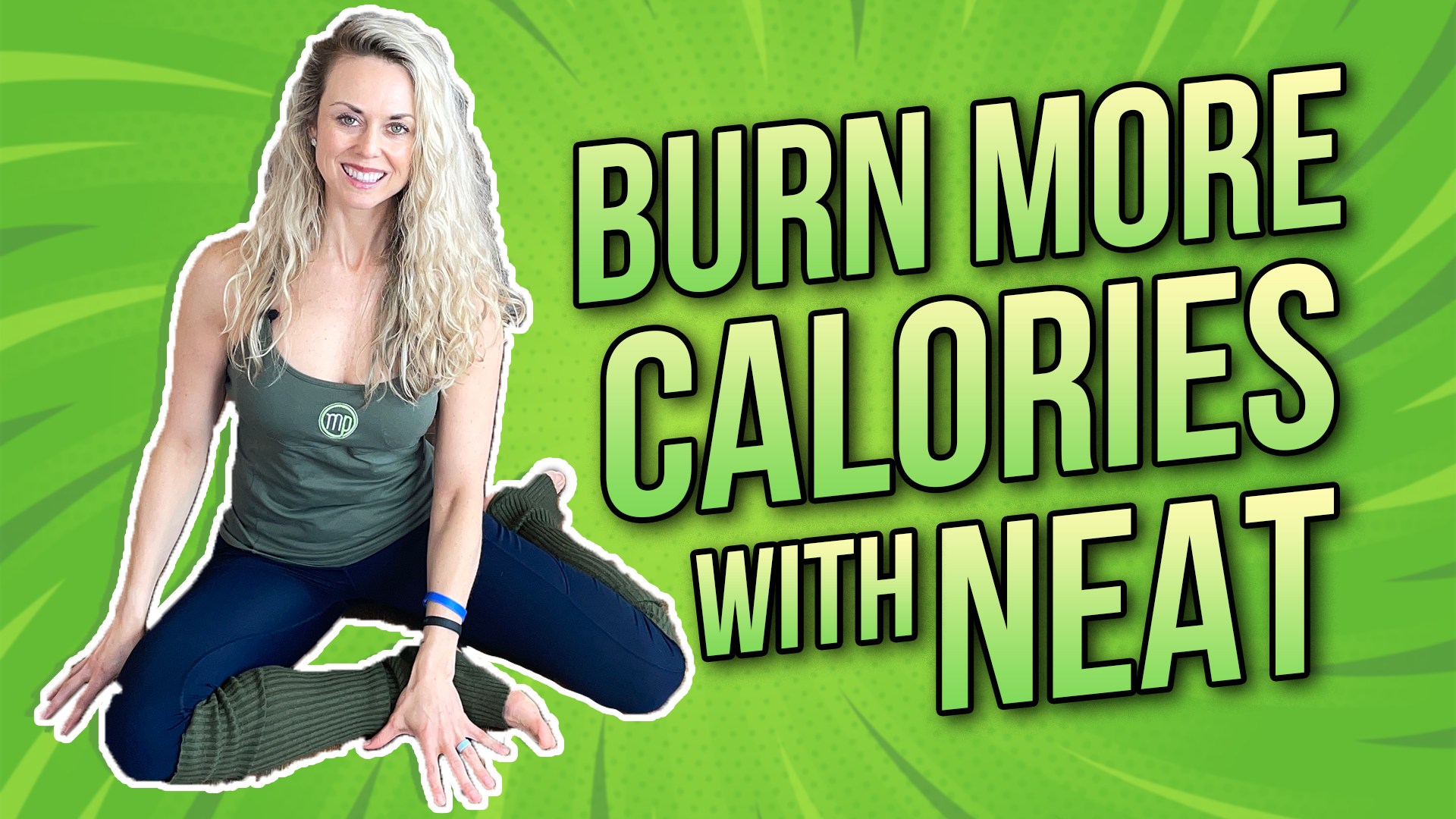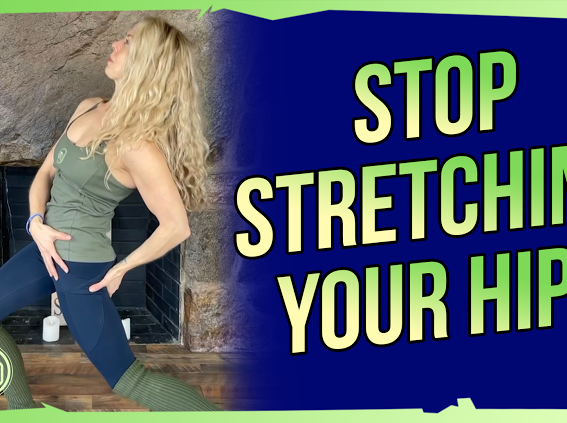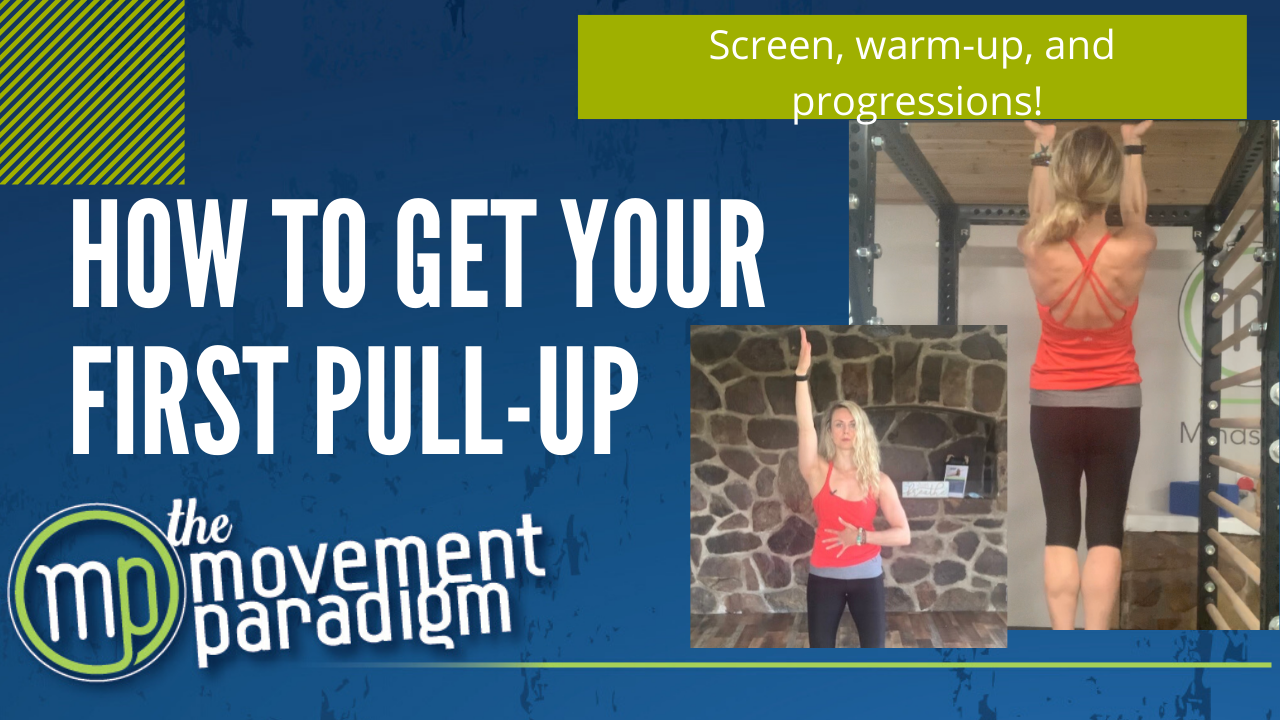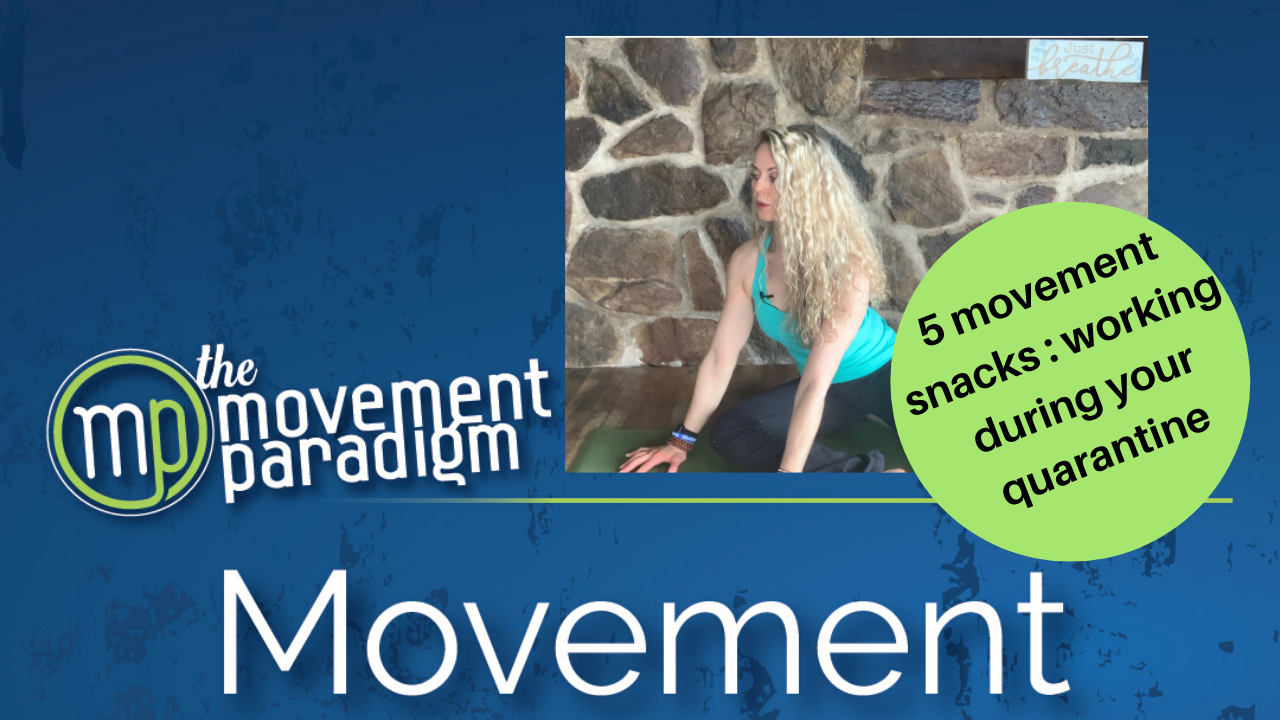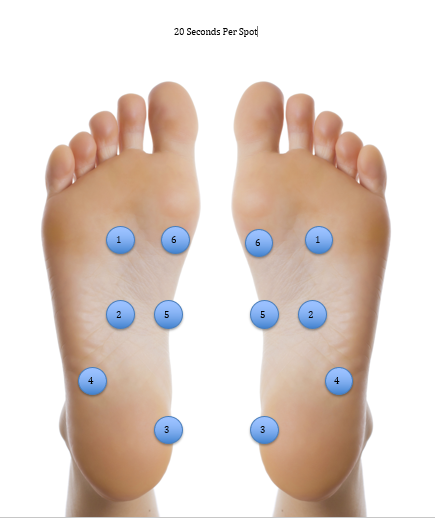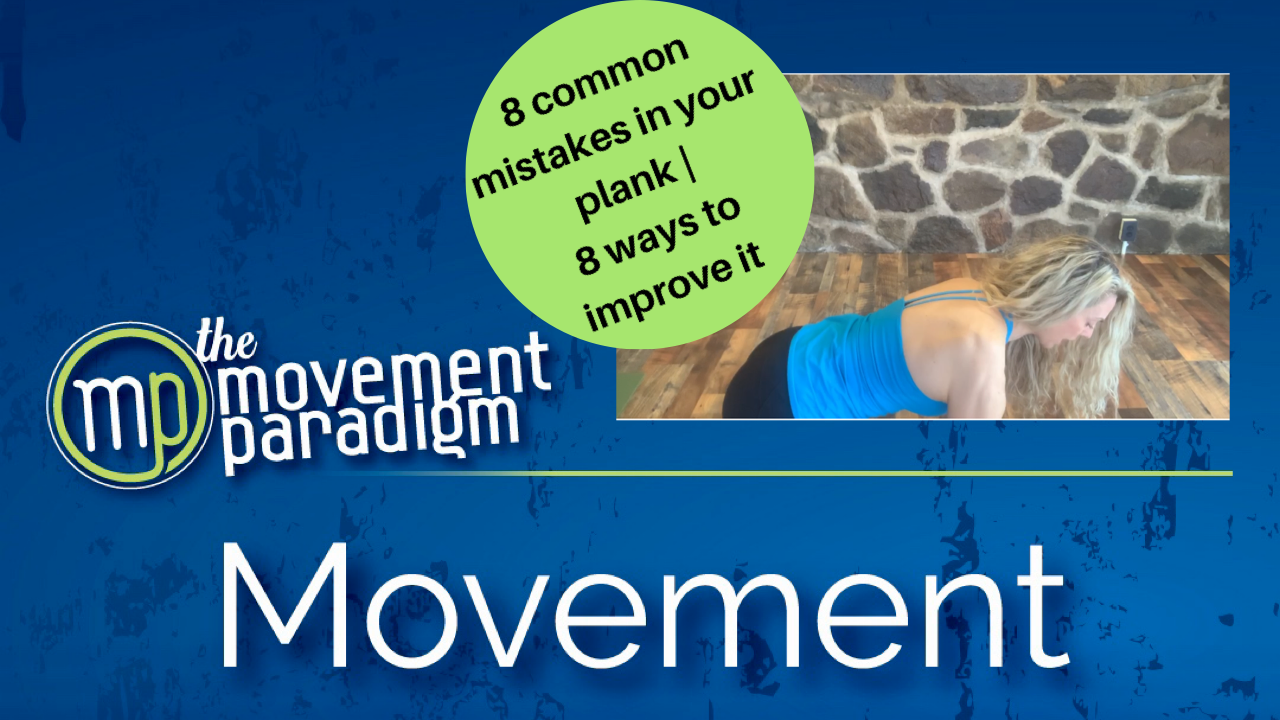Have you ever done a plank or would like to know why you should do planks? Let’s discuss eight ways that you could potentially compensate in your plank and more importantly, eight ways to correct them.
Why are planks important?
The plank is considered an anti-extension, or back bending exercise, that is targeting the anterior (front) core. It really helps to improve the midline stability of the body. We need that for all movement patterns. If we think about our basic daily life patterns to our exercise patterns such as deadlifts, squats, and kettlebell swings, the plank is a foundational movement for all these. We’re not looking for perfection, we just want to maximize the effectiveness of the exercise that you’re doing. That’s what you want to do with all your training, but especially in this exercise.
8 Common Mistakes in Your Plank & 8 Ways to Improve It
So, let’s take a look at compensations you could be doing in your plank and ways to improve on them.
1) Holding for time
When you set up with the timer in front of
you and you hold as long as you can, you are probably not getting the benefits
of the exercise. It is easy to “power through” with your legs and arms. Some
try to hold for three or five minutes, but really that’s not the point of the
plank.
What to do instead:
Use your breath as your repetition
Instead of using time, use your breath as your repetition. When you get in the plank position, take a nice big inhale through your nose and exhale (out of your nose or mouth) drawing the belly button toward the spine and bringing your rib cage down. You want to hold that position for as many breaths as you can, which typically is about five to ten breaths.
2) Breath Holding
When people do not breathe during the movement pattern it can cause your body to recruit other muscles such as your back or neck muscles, and more importantly, you won’t be getting the most out of your plank.
What to do instead:
As we talked about using your breath versus time, learning how to breathe properly in the plank and all movement is very important. As you’re inhaling, your abdomen is expanding 360 degrees, when you exhale, the belly button goes in towards the spine and ribs come down to create some tension and bracing. When you are using your breath as your repetition and you are doing it properly, I can assure you that it will be many fewer reps than what you were probably doing already.
3) Looking up or looking down during your plank
Looking up with a hyperextended neck or
just the opposite, looking down, can cause changes in how the body is
stabilizing. If you are already having trouble with stabilization, this
matters!
What to do instead:
Gaze towards the floor, holding your neck position nice and strong. This will prevent any discomfort and make sure that you’re stabilizing through the whole anterior chain in the front of your body.
4) Sagging your low back
The low back drops down or sags when you hold your plank position. You may even feel a little “tight” in your low back. This also causes a whole chain reaction and affects how you are stabilizing.
What to do instead:
Try slightly tucking the pelvis. You want to think about it as if your pelvis was a bucket of water and you are pouring it out the back. This little tuck will bring the ribcage over top of the pelvis. That will give you a much stronger position through the trunk, and it allows us to really maximize the recruitment of the front of the core.
5) Having your butt up in the air
This means that you’re really not
stabilizing. This could be intentional
and it could be to accommodate certain movement patterns or pathologies, like
limited toe mobility. That is okay-that is your intent!
What to do instead:
Bring your body more parallel towards the ground, and in which case, your shoulders will be slightly higher than your pelvis. You will have a slight angle there, but that is normal.
6) Bending the knees in the plank
When you bend your knees, you lose control of your whole body, especially the low back. A lot of times the low back sag and knee bent position will go together.
What to do instead:
Think about lengthening through your heel. That will give you a really nice strong tension position.
7) Sinking your shoulders
This is a really important one because a lot of times we see the shoulder blades sinking down. It can also commonly be referred to as “winging” shoulder blades. That creates a lot of stress on the shoulder, and it really destabilizes the trunk.
What to do instead:
Press the ground away. Spread your wings, which means that you’re spreading the shoulder blades. That gives you a really nice strong connection of some of the important scapular stabilizers that actually intimately connect with your core. This is really powerful because you get a lot more tension through the whole body when you do that.
8) Thinking you should do planks to improve low back pain
The truth is that when there is pain, there is decreased motor control, which means decreased stability, coordination, timing, sequencing, and activation of all these muscles. If you have acute low back pain and you think that doing a plank is going to help it, it might not be the best choice of exercise at that time. You want to make sure that you’re in a good place and you’ve been instructed by a qualified health professional to direct you on when this is appropriate.
What to do instead:
Focus on breathwork first and activating the deep core stabilizers. When you are in pain, it’s going to be more important to focus on the reflexive stabilizers, which is the inner core.
Summary
In summary, the plank could be a great exercise to include
in your training program. If you’re already doing the plank, you can take this
opportunity to clean up any compensations that we discussed today.
In summary, here’s how to do a proper plank:
- When you set up, you can think of setting your index fingers parallel, and having a really active hand, which means spreading those fingers really wide and that will take pressure off of the wrist.
- Place your hands directly under your shoulders and step back into that high plank.
- Make sure that the head is nice and neutral, keeping the eyes gazing at the floor.
- Press the ground away spreading those wings (shoulder blades) with a slight tuck in the pelvis to stack the ribcage.
- Use your breath as a repetition.
- Lastly, lengthen through the heels to keep that strong position.
Reach out for a 15-minute FREE discovery session to see how we can help you on your journey.
For more content, make sure to subscribe to our YouTube channel here.
Other things that may interest you:
How to Understand and Eliminate Low Back Pain
Why you should stop “stretching” your hip | HIP PAIN
How to train your core without crunches

